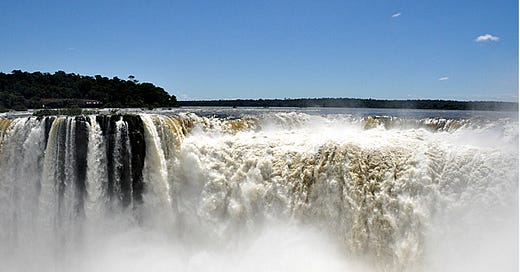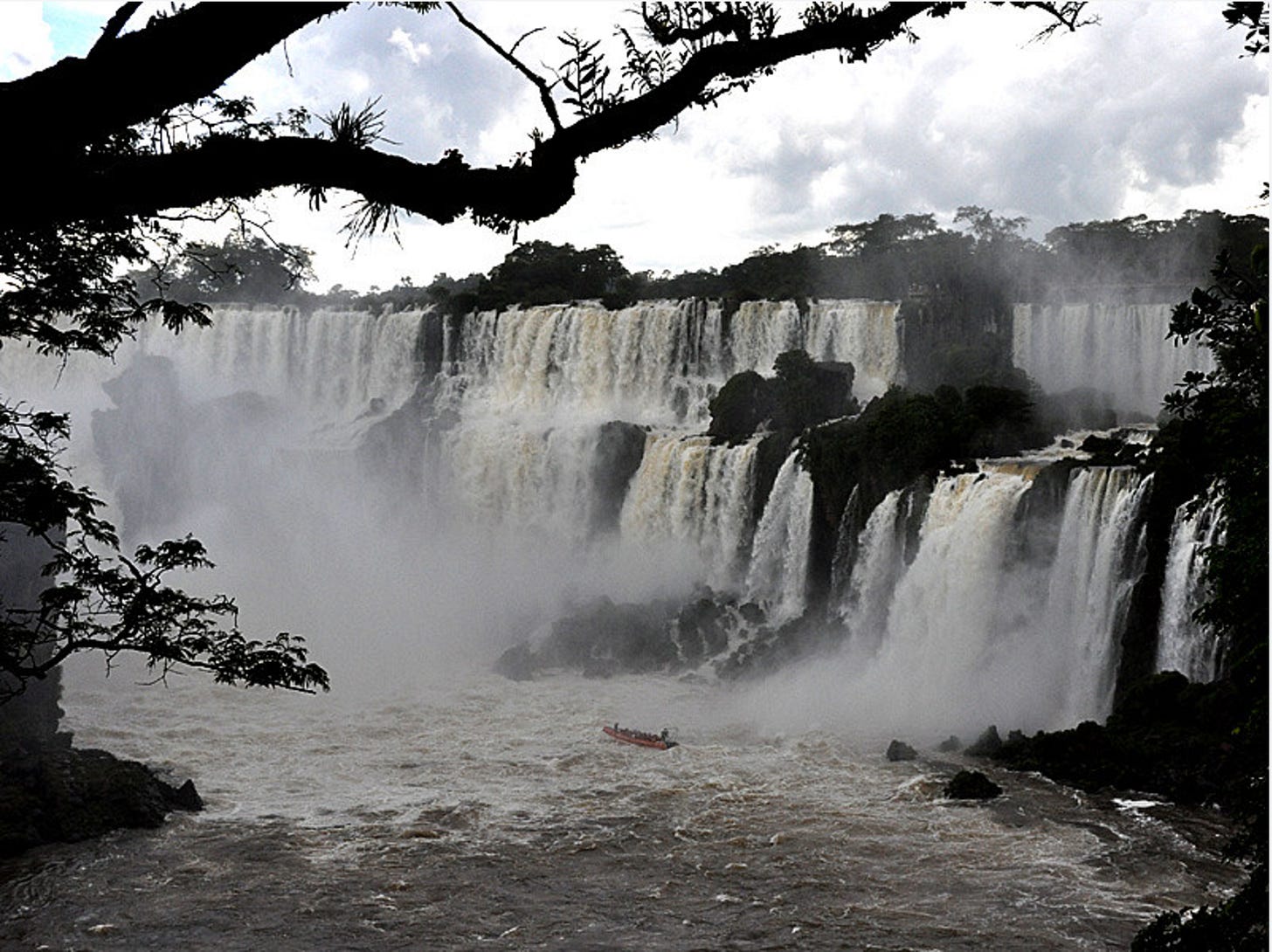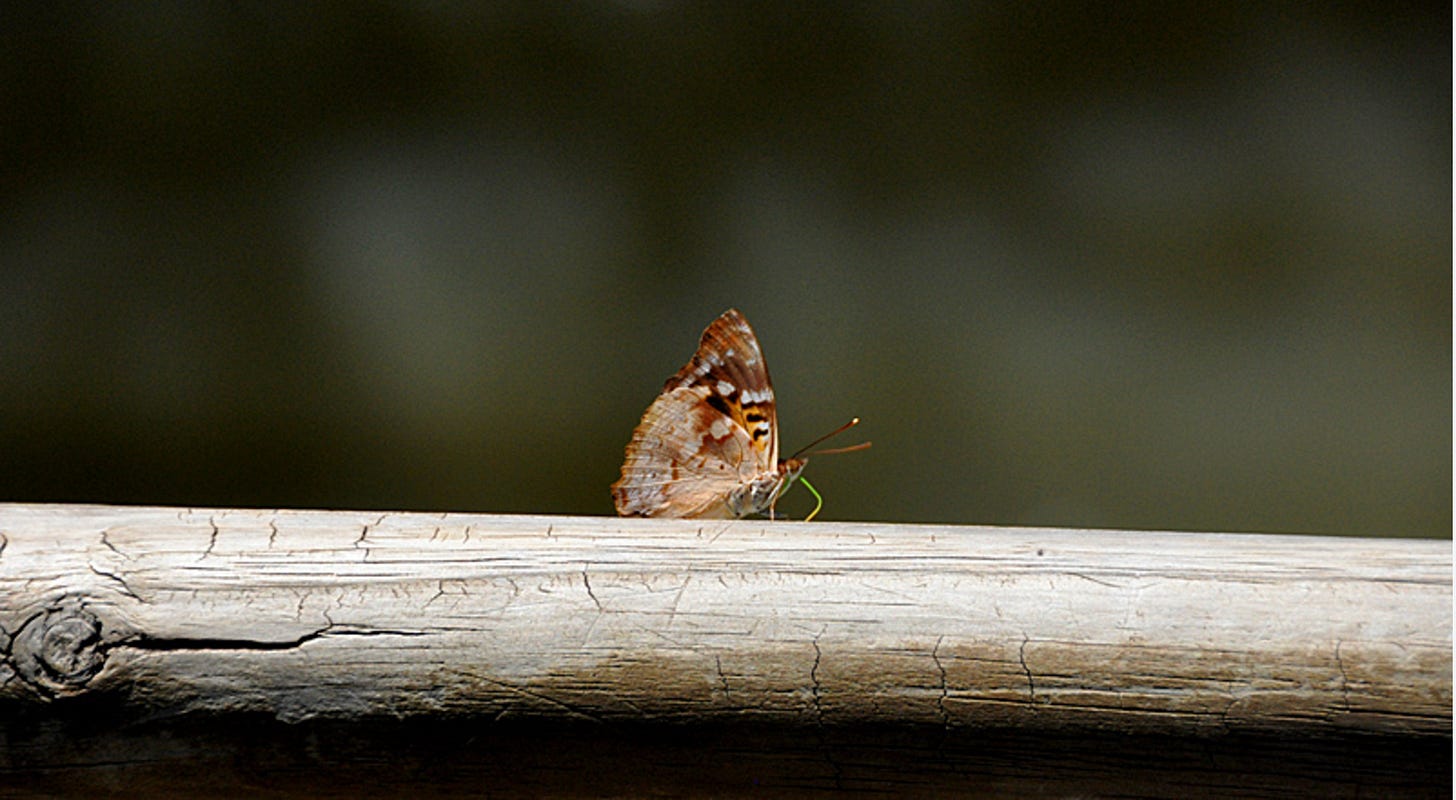Nature's fury meets human wonder at Iguaçu Falls
BRAZIL: You hear it and feel it long before you see it. Here, at the intersection of 3 countries, nature dictates the terms of engagement.
These gargantuan falls mark more than political boundaries. They stand at the intersection of worlds: between developed tourism and untamed wilderness, between indigenous memory and modern commerce, between what we can control and what we must simply witness.
Long before South American cartographers drew lines to demarcate Brazil, Argentina and Paraguay, the local Guaraní people lived with these waters for countless generations. The name Iguaçu itself comes from the Guarani words "y" (water) and "guasu" (big), aptly describing the "big water" that dominates the landscape.
They know the falls as the dwelling place of Mboi Tu'ĩ, the great serpent deity. Their creation story tells of these falls being born from divine rage and lost love - a tale that seems more credible when standing before their fury than any geological explanation of basalt floors and water erosion.
Today's visitors however, experience the falls through a carefully curated lens. At the entrance to Brazil’s Parque Nacional do Iguaçu, gift shops sell packaged versions of this wonder, to whet your appetite. Ponchos or wet weather gear is highly advisable.
The elevated 1200m-long walkway, Trilha das Catarats, guides you to calculated viewpoints, each designed to elicit gasps at precise moments. These boardwalks and viewing platforms aren't just conveniences - they're symbolic of our relationship with such places: close enough to witness, but separated by the necessities of preservation and the realities of mass tourism.
Keep walking. It all culminates at the Garganta do Diablo (Devil’s Throat). It’s loud. It’s powerful. It’s incomparable. Who knew water falling over a cliff could be so mesmerising, even as you jostle your way through the throng of tourists for a front row seat.
While views on the Brazilian side offer a more panoramic perspective, over in Argentina, a more immersive experience unfolds, with extensive and multiple walkways allowing visitors to get up close to the cascades.
Irrespective of which side you take, watch long enough, and you'll see how great dusky swifts dive through curtains of water to nest in the caves behind, their wings cutting dark signatures against the spray. These birds know nothing of national borders or tourist seasons.
The modern story of Iguaçu is increasingly one of preservation through controlled access. Eco-lodges operate on solar power, shuttles run on natural gas, and biologists monitor the health of surrounding rainforests.
Beyond its aesthetic and sheer physical appeal, the Iguaçu Falls region is a biodiversity hotspot. The national parks protect one of the last large remnants of the Interior Atlantic Forest, a critically endangered ecosystem home to an astonishing array of flora and fauna; including around 2,000 plant species; 400 bird species, as well as rare mammals like jaguars, ocelots, and giant anteaters.
In the end, what stays with you isn't the statistical impressiveness (275 separate falls, 1,756 cubic meters per second), but the moments when manufactured experience falls away.
Like when a sudden shift in wind brings the spray to your face. When a rainbow appears and vanishes in the mist. When, through the constant roar, you imagine you hear what the Guaraní heard: the voice of waters that have been falling since before human feet first stood in wonder before them.
Even while upstream dams impact flows, the falls sustain their ancient work of sculpting stone and hosting life, indifferent to our presence, but dependent on responsible, co-ordinated cross-border management for their continued free-flowing existence.
After a day of jaw-dropping awe, you realise that a visit to Iguaçu Falls is both a physical and philosophical experience. By that I mean they challenge us to find ways to appreciate and protect our planet's most spectacular landscapes while respecting their ecological integrity and cultural significance.







